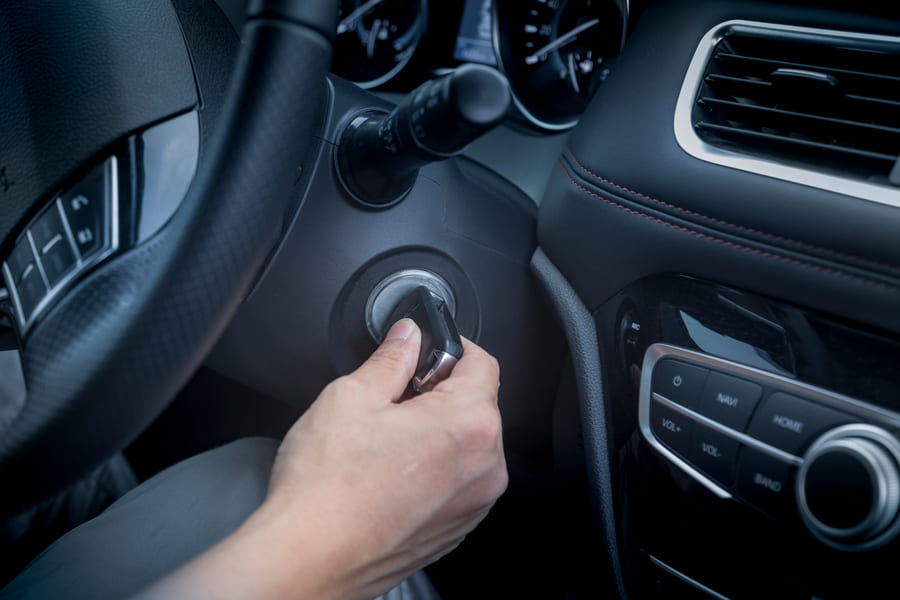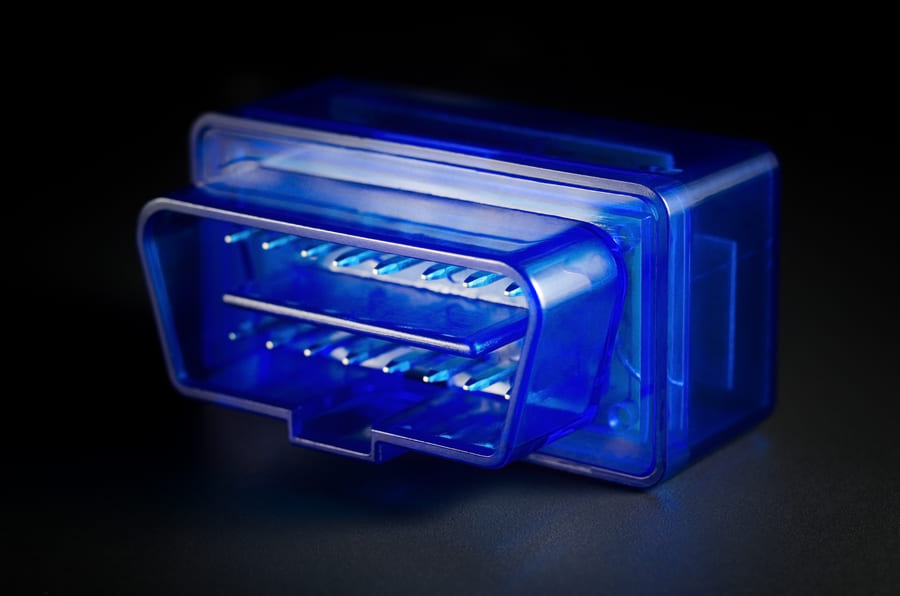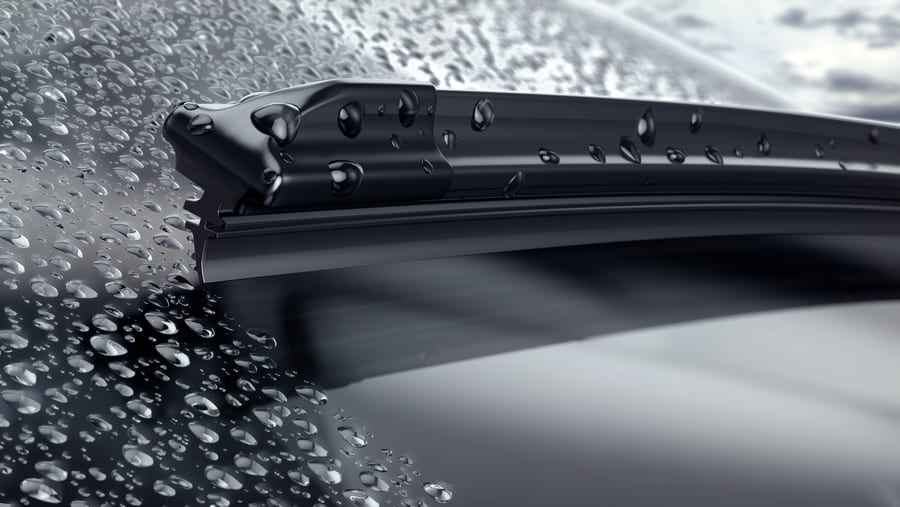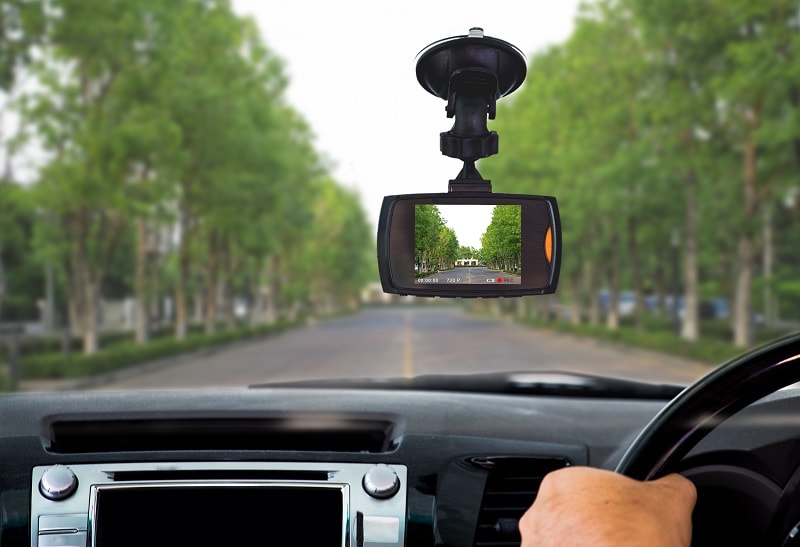
You always try to think positively and assume that your vehicle is safe from break-in or theft. Unfortunately, statistics tell us that in the UK alone, as many as 133 cars fall prey to theft each day. Keeping this in mind, it’s better to be safe than sorry and inform yourself about the kinds of security and protection devices that you can get for your vehicle. Immobilisers are available in many varieties, so what are they? Here are some basic questions answered to help you choose the best protection for your vehicle.
What is an immobilizer?
In short, an immobiliser tries to determine whether the person trying to start the car is actually the legitimate owner of the vehicle. If the identity cannot be clearly established, the car cannot be started. The actual recognition process is not perceptible to the rightful owner – because it happens within fractions of a second and without the active participation of the driver.

Today’s immobiliser consists of two main parts: a transponder in the ignition key and a receiver in the car. When someone tries to start the engine, the car transmits a signal to the key. If the key returns the correct preset signal, the immobiliser sends a command to the engine control unit to start. If the signal is incorrect, the car won’t start.
How do I know if my car has an immobiliser or an alarm?
When you open the door or boot, and you hear a sound such as the car horn, you have an alarm in your vehicle. You can test this just by leaving a window open and then locking your vehicle with the remote. After waiting a minute or two, unlock it manually from within and open one of the doors. This should trigger your alarm.
All car manufacturers are required to put an electronic immobiliser into the vehicles they produce. If you are buying a used car, make sure you ask the car dealer. If your car was manufactured after 1998, it must have one. If you are unsure, simply ask the manufacturer or check your car owner’s manual.
Electronic engine immobiliser
This device prevents a vehicle from being started and driven without the corresponding key. It activates automatically as soon as the ignition is turned off. You need the original key to deactivate the system and restart the engine. Most manufacturers equip their keys with a specially coded RFID chip which sends the encrypted code to the engine control unit. In this way, it is checked to see whether the key is a forgery, or the original. If it is the original, the engine will start, otherwise the electronic immobiliser stays activated.
OBD saver
OBD ports give you diagnostics on your car but unfortunately give thieves the means to steal your car. For this reason, you should consider getting an OBD lock, such as the OBD saver. This clamps around the OBD port of the vehicle and makes it difficult for anyone to access the OBD port and start the car. The costs for the installation of an OBD saver are reasonable and the work involved in fitting it can be carried out without much effort.
For years, car manufacturers and car thieves have been racing to develop and outsmart electronic theft systems. This being the case, it is advisable not to rely completely on the electronic immobilizer for theft protection. A mechanical immobiliser can act as a deterrent and give you extra security, and peace of mind.

Mechanical immobilizers
A number of mechanical devices for theft prevention have become established on the market.
They block important parts of the car such as the steering wheel, or the gear stick, and are intended to prevent anyone who isn’t authorised to drive the vehicle. Here are some examples:
Steering wheel lock – one of the most common mechanical immobilisers is the steering wheel claw. The device consists of a long steel tube that is attached to the steering wheel and secured with a lock. It’s also convenient since you can stow it under your driver’s seat. Even if a thief manages to outsmart the electronic immobiliser, and has the original key without your permission, they still will not be able to drive the vehicle. This is perfect for extra theft protection because it is inexpensive and easy to install. Of course, it is not an impossible obstacle for professional thieves.
Gear stick lock – this is sometimes also called a “bear lock” and is another mechanical device to keep thieves from stealing your vehicle. You mount this on, or under, the centre console where it can be firmly connected to the car body with nuts and bolts. A locking mechanism ensures that no gear can be engaged except for “reverse” or “park” – if you have an automatic transmission. The purchase and installation costs are higher than a steering wheel lock, but the level of protection it offers is higher as well.
You should not rely on one single system to protect your car from theft. The electronic immobiliser provides solid, basic, protection. In combination with mechanical immobilisers, such as the gear shift lock and the OBD saver, you have the most protection possible. Also, make sure that the steering wheel lock is engaged after you park your vehicle, and always take out valuables, such as laptops or handbags. Items like these are a sure way to lure thieves in the direction of your car.








Comment